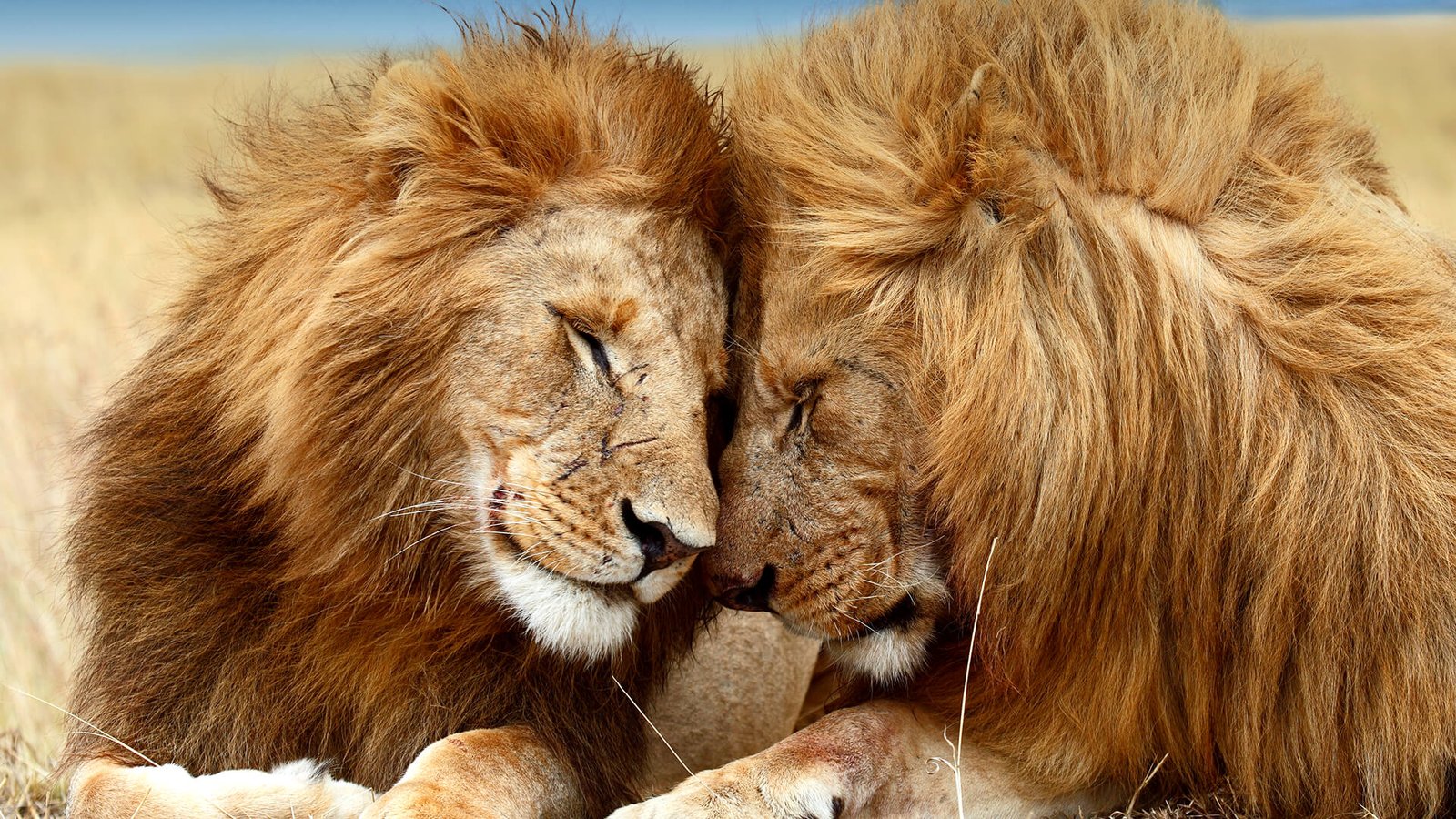South Africa Ends Lion Bone Exports in Landmark Decision Against Captive Breeding Industry
In a historic move that signals a major shift in wildlife conservation policy, South Africa’s Department of Forestry, Fisheries and the Environment (DFFE) has announced a zero export quota for lion bones and derivatives for 2025, effectively shutting down the legal international trade in lion skeletal parts. The decision represents a significant victory for animal welfare organizations and conservationists who have long campaigned against the controversial captive lion breeding industry, which has faced international criticism for its treatment of animals and potential conservation impacts.
The zero-export quota means no commercial exports of lion skeletons or their parts will be permitted under South African law next year, dealing a substantial blow to an industry that has legally supplied bones to traditional medicine markets in China and Southeast Asia. According to the announcement from World Animal Protection, this decision “sends a powerful signal to the captive lion breeding industry” and marks a crucial step toward ending the commercial exploitation of lions in South Africa, which currently houses between 8,000 and 12,000 lions in captivity—far more than the country’s wild lion population of approximately 3,000 animals.
The End of Legal Lion Bone Trade
The establishment of a zero-export quota represents the culmination of years of advocacy, scientific research, and international pressure against South Africa’s captive lion industry. The lion bone export quota system, which previously allowed for the legal commercial export of hundreds of lion skeletons annually, has been criticized for potentially creating cover for illegal wildlife trade and stimulating demand that threatens both captive and wild lion populations.
“The lion bone export quota determines how many lion skeletons (or parts) may be legally exported from South Africa in a given year. With the quota now set to zero, no commercial exports will be permitted under the law,” the World Animal Protection statement explained, highlighting the concrete implications of the policy change for international wildlife trafficking networks.
Lion bones have been primarily used in traditional medicine markets across Southeast Asia, where they sometimes serve as substitutes for increasingly scarce tiger bones in wines, tonics, and other preparations. Conservation experts have long warned that allowing legal trade can “serve as a cover or incentive for illegal trade in wild-sourced lion bones or related parts,” making this policy change a critical intervention in disrupting potentially destructive wildlife trafficking networks. This development represents a significant milestone in wildlife protection efforts that have been closely followed by various South Africa news outlets covering the country’s environmental policies.
The decision comes after years of documented evidence linking captive lion breeding operations to welfare abuses, conservation concerns, and illegal wildlife trade. A comprehensive report titled “Putting a stop to cruelty” from World Animal Protection laid out extensive evidence that “the industry is deeply problematic for animal welfare, conservation integrity, and public health,” creating compelling arguments for policy reform that ultimately influenced the government’s position.
Captive Lion Industry Under Scrutiny
South Africa’s captive lion breeding industry has faced mounting international condemnation for years, with animal welfare organizations documenting numerous concerns about the conditions in which the animals are kept. The industry has been built around multiple revenue streams, including cub petting tourism, “canned hunting” where lions are bred specifically to be shot in enclosed areas, and the bone trade that the new quota directly addresses.
“This decision follows sustained advocacy and research. There has been evidence documented for years that links captive lion breeding, welfare abuses, and the illegal big cat bone trade,” World Animal Protection noted, emphasizing the role of persistent conservation advocacy in achieving this policy victory.
The welfare concerns within the captive lion industry are extensive and well-documented. Lions are typically bred in high-density conditions, separated from their mothers shortly after birth to facilitate the cub petting industry, and often suffer from nutritional deficiencies, physical abnormalities, and psychological stress. Many conservationists argue that these operations undermine wild lion conservation efforts by creating commercial markets for lion parts and potentially spreading diseases between captive and wild populations.
South Africa’s environment department has faced increasing pressure from both international conservation bodies and domestic animal welfare groups to address these concerns. The decision to set the export quota to zero represents the most significant regulatory action taken against the industry to date and suggests a potential shift toward more comprehensive reforms in the future. The move has been praised by conservation organizations worldwide as a critical step toward aligning South Africa’s wildlife management practices with both ethical standards and conservation science.
The captive lion industry has historically argued that legal trade provides economic benefits and reduces pressure on wild populations, but these claims have been increasingly challenged by scientific research and conservation experts. Studies have suggested that legal trade may actually stimulate demand rather than satisfy it, potentially increasing rather than decreasing pressure on wild cat populations across Africa and Asia.
Implementation Challenges and Future Directions
While the zero-export quota represents a major policy achievement, conservation organizations acknowledge that significant challenges remain in fully addressing the issues associated with South Africa’s captive lion industry. The industry itself remains legally operational for domestic purposes, and existing stockpiles of lion bones represent a potential loophole that could undermine the export ban if not properly managed.
“While this zero export quota is a huge win, it’s not the end of the illegal wildlife trade. The captive lion breeding industry remains active in South Africa. To prevent loopholes or covert trade, we encourage the government to now legislate a full ban on commercial captive lion breeding,” World Animal Protection cautioned, highlighting the ongoing risks despite this significant regulatory advancement.
The management of existing bone stockpiles represents a particular concern for conservationists. Without proper oversight and disposal protocols, these stockpiles could potentially enter illegal markets, undermining the intent of the export ban. World Animal Protection and other organizations have urged the South African government to ensure “that existing lion bone stockpiles are managed and responsibly disposed of as part of this phase-out,” creating a comprehensive approach to addressing the trade rather than simply closing one legal pathway.
The transition away from captive lion breeding also raises questions about the fate of the thousands of lions currently housed in breeding facilities across South Africa. Conservation organizations have called for the development of responsible transition plans that address the welfare of existing animals while preventing the creation of new breeding operations. This complex process will require careful planning, adequate funding, and cooperation between government agencies, conservation organizations, and industry stakeholders.
Looking forward, animal welfare advocates see the export quota decision as a potential stepping stone toward more comprehensive reforms of South Africa’s wildlife management policies. The precedent set by this decision could influence debates around other controversial wildlife practices, including the captive breeding of other large predators and the broader commercial exploitation of wildlife for international markets.
The international conservation community will be closely watching how South Africa implements and enforces the zero-export quota, with many hoping that successful implementation could create a model for other nations grappling with similar challenges in wildlife trade regulation. The decision also places South Africa in a stronger position to advocate for global wildlife conservation measures, potentially enhancing its leadership role in international environmental forums.
As the 2025 implementation date approaches, conservation organizations have pledged to continue monitoring the situation and advocating for additional measures to protect lions and other wildlife. The ultimate goal, as stated by World Animal Protection, remains “a permanent end of captive lion exploitation” in South Africa, with this export quota decision representing the most significant step toward that objective to date.
The South African government’s decision reflects growing global recognition of the need to reassess humanity’s relationship with wildlife and the ethical boundaries of commercial animal exploitation. As this policy takes effect, it will undoubtedly shape future conversations about conservation, animal welfare, and sustainable development not only in South Africa but throughout the African continent and beyond.


